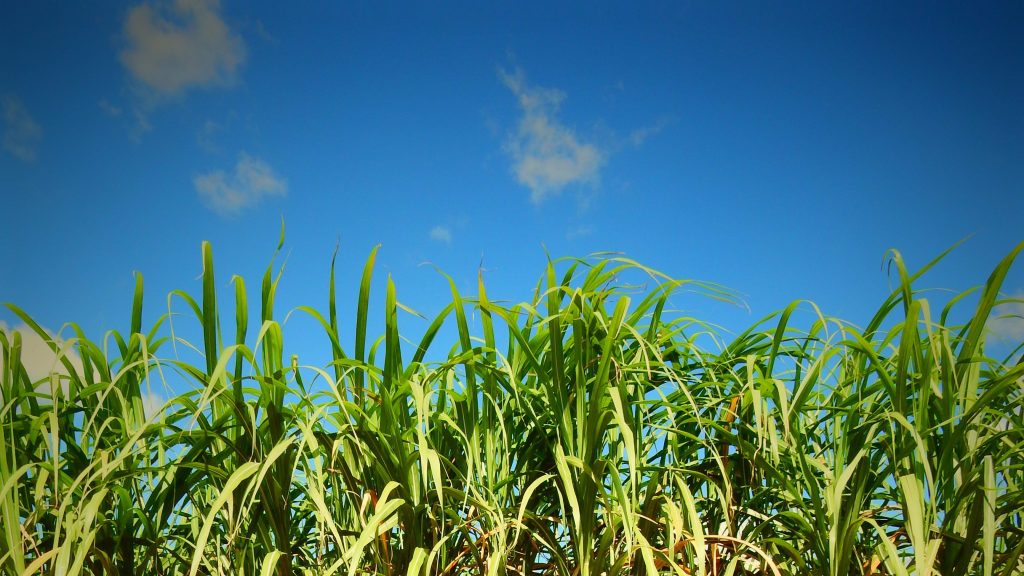10 Things to Know from QFF
- Canegrowers Australia Chairman Owen Menkens has been elected President of the World Association of Beet and Cane Growers (WABCG), marking a proud moment for the Australian sugarcane industry. Read more here.
- The Queensland Government are collecting expressions of interest (EOIs) to help understand the demand for unallocated water across different catchments in Queensland. Learn more and express your interest here.
- From 1 July 2025, new national minimum wage rates come into effect following the Fair Work Commission’s 2025 Annual Wage Review. Learn more here.
- Feeling the pressure from Scope 1/2/3 emissions reporting, supply chain demands, or shifting regulations? Join CarbonLink on Wednesday 6 August for the first session in their webinar series: Insets vs Offsets – ACCUs Give You Options. Learn more and register here.
- This year the leaders of both Cotton Australia and the Cotton Research Development Corporation (CRDC) will tour cotton valleys to seek feedback from growers and industry on a number of topics that together will shape the industry’s future. Find dates and locations here.
- The Queensland Government’s Primary Industries and Resources Committee is inviting submissions on any aspect of their self-referred inquiry into sugarcane bioenergy opportunities in Queensland. Find terms of reference for the inquiry and make a submission online here by 8 October 2025.
- CropLife Australia’s 2025 Resistance Management Strategies (RMS) for fungicides, herbicides, and insecticides are now available online. These strategies are reviewed and updated annually in consultation with national and international specialists. Read more and access the resistance management database here.
- Members of QFF’s peak body members can save on Mobil fuels available through a growing network of Mobil branded and 7-Eleven service stations with a Mobil Card. Learn more about the offer and express your interest here.
- Varroa mite has now been detected on 95 premises across 10 local government areas in Queensland. A new interactive map is available online, showing both positive and negative varroa mite reports submitted by beekeepers and government. Access the map here.
- The latest Level Up Hort national benchmarking report is in – and it paints a clear picture: rising production costs, especially labour, are making it harder than ever for vegetable and onion growers to stay profitable. Join Hort Innovation’s free webinar this Wednesday 9 July to explore the key findings of this report. Register here.
Behind the Gate
First time’s a charm
Kaitie Nash swapped the comforts of the city for the country charm of Coonabarabran a few years ago.
But a crippling drought, and newfound isolation, took a toll on her mental health.
She turned to social media for comfort.
She found friendship, understanding and representation.
Kaitie now leads from the front, building a country community through her camera lens.
Operator, please recognise rural resilience
Two regional public phones are in the running for Heritage listings.
Historian Dr Naomi Parry Duncan was on the New South Wales’ South Coast during the brutal bushfires of 2020.
“There was no mobile coverage, or power, or internet, or ways to get cash or coins,” Dr Duncan said.
“When we heard Telstra had made the payphones free, people queued for hours to contact the outside world.”
Now, while the towns wait to hear their Heritage-listing fates, the call-out has been made for more public phone stories.
Sweet, succulent and sustainable
Citrus season is in full swing at the moment – and so are the scientists behind a great new invention.
An Australian trial of compostable fruit stickers has had really a-peeling results.
Nutrano recently tested compostable stickers on their citrus lines.
The stickers were tested for their adhesion, durability and functionality – and passed with flying colours!
The new certified compostable stickers meet the Australian standard for home compost and industrial composting.



